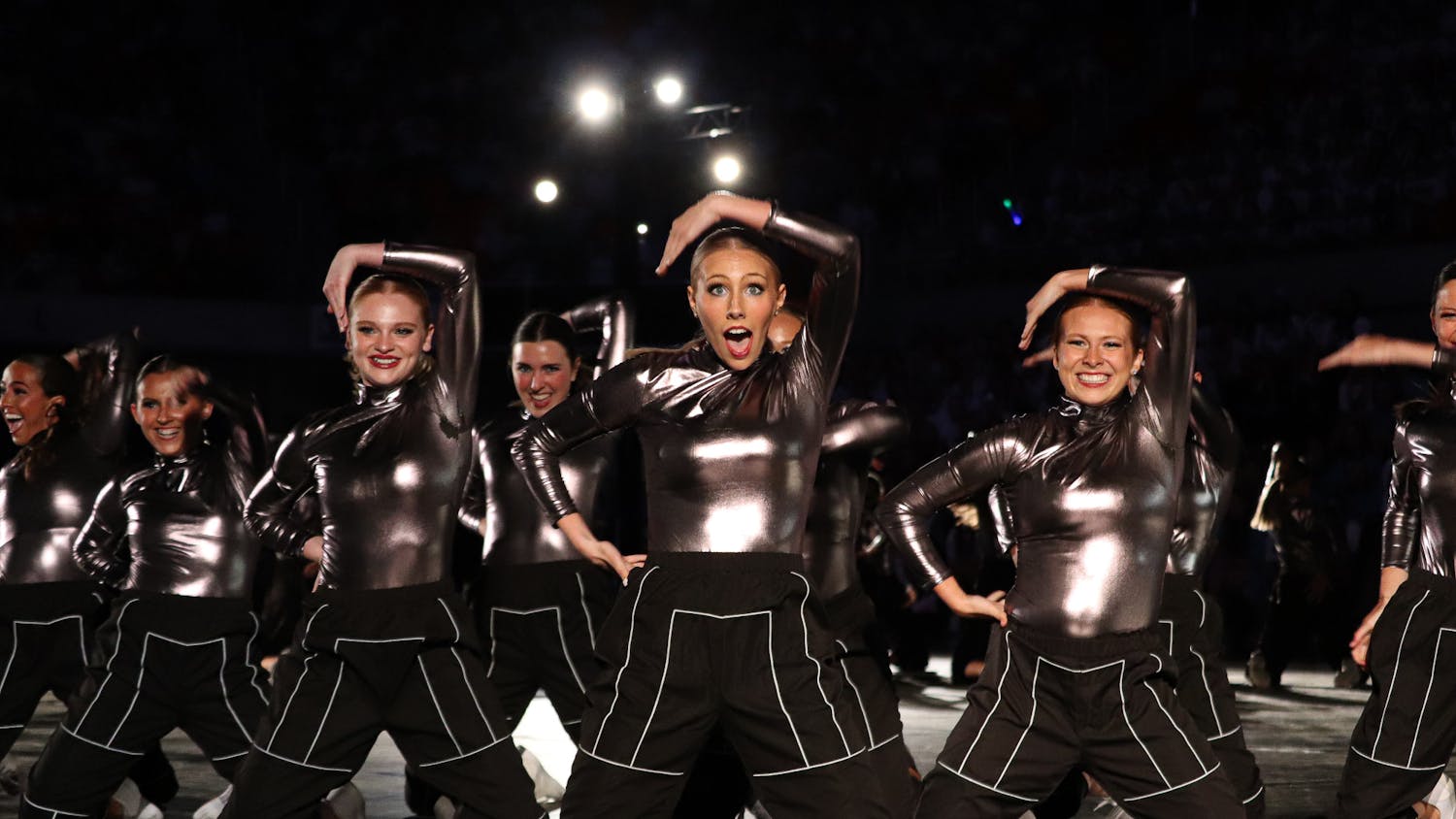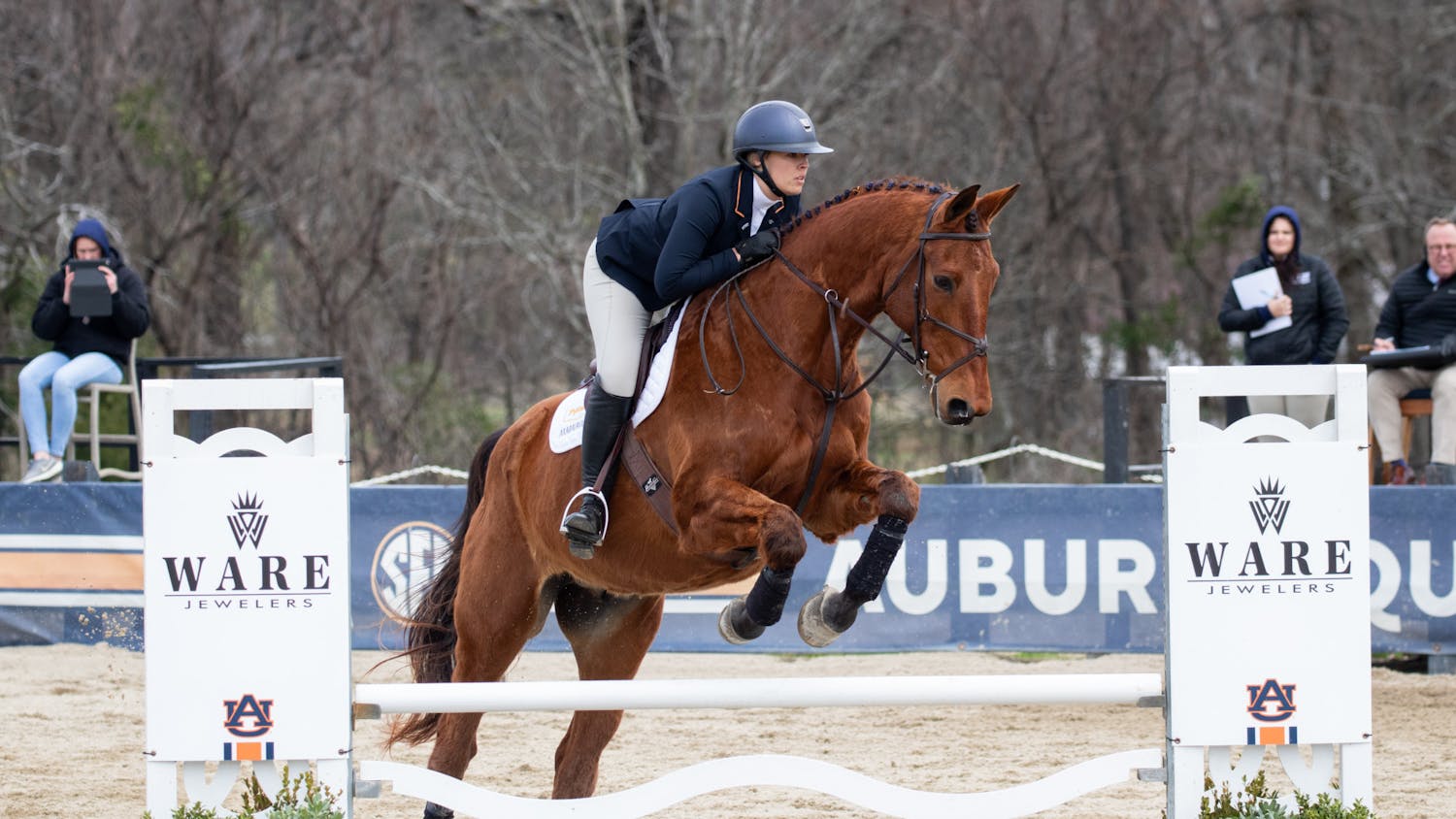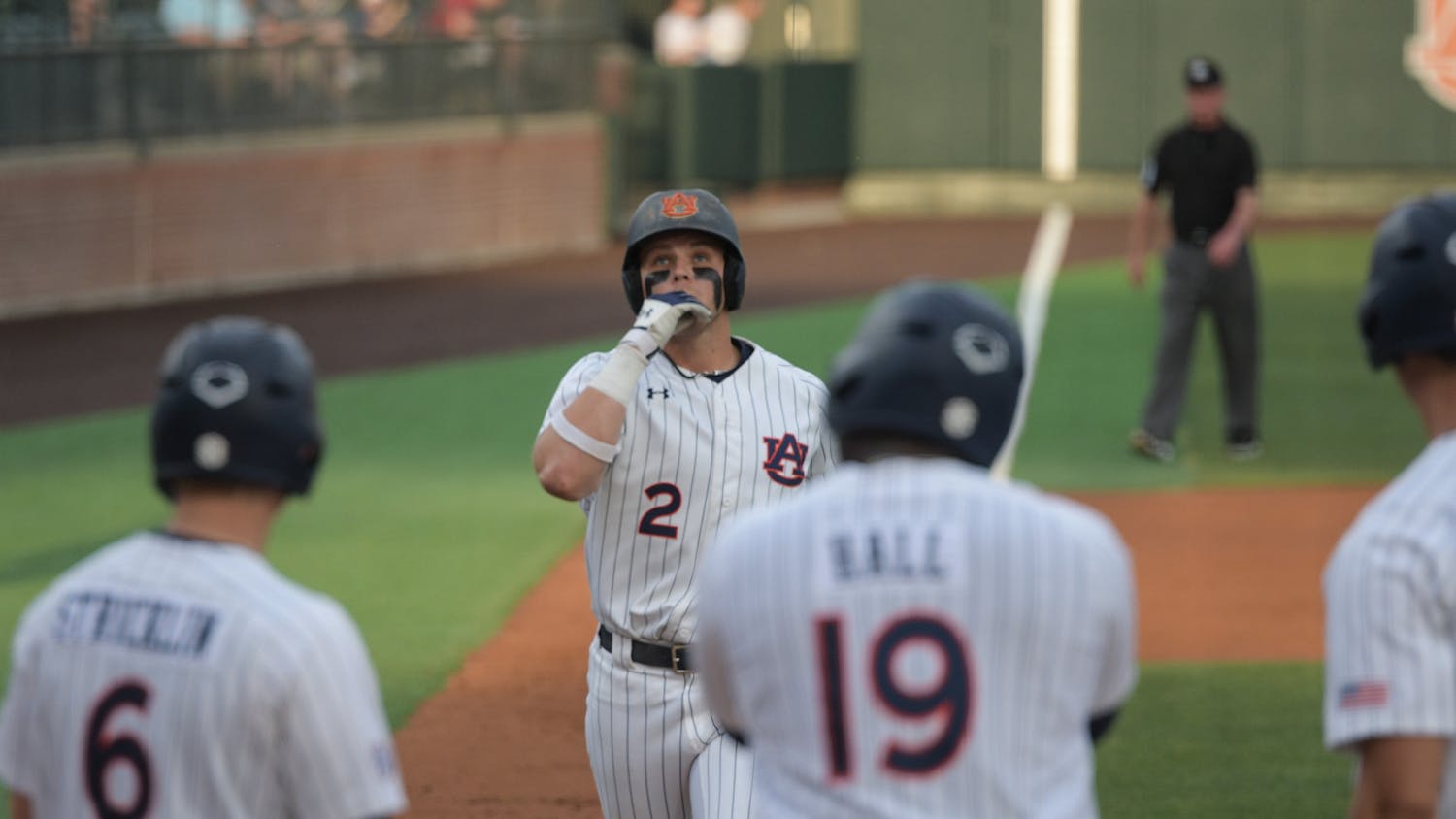You’re huddled among your platoon, getting ready to throw yourself against one of the strongest military forces ever by storming the beaches at Normandy.
The landing craft gate crashes into the sand, most of your squadmates are mowed down, but you somehow manage to make it over the side and onto the beach.
Your mind is reeling, but the thought that stands out the most is, “Wait, I’ve seen this before.”
Thus begins “Call of Duty: WWII,” Sledgehammer Game Studios’ return to the franchise’s roots, both in theme and gameplay.
Returning to the setting that made “CoD” the juggernaut that it continues to be today, “CoD: WWII” takes players to the second great war for the same, largely unchanged formula of games of old, both for better and for worse.
The campaign hits the same beats as every other “Call of Duty” title but provides a much more straightforward war story than the quasi-futuristic, psychological thrillers of the last three installments.
The story is riddled with World War II movie cliches, starting with the opening Normandy sequence.
The player takes control of Pfc. Ronald “Red” Daniels, a tried-and-true, red-white-and-blue Texas boy that fails to stand out as a character. Daniels has his “best girl” waiting for him back home, wants to make his older brother proud by being the best soldier he can be and stands against the odds even when they seem impossible.
He and his ragtag squad mates – who each fill their own war movie tropes – survive just about everything thrown at them all while getting barked at by their dichotomous Sgt. Pierson and 1st Lt. Turner.
If you’ve seen any WWII movies at all, you get the picture.
In terms of gameplay, everything is the same there, too, besides the return to health packs instead of regenerating health. This was a nice homage to CoD 2, but the health packs were so plentiful on the normal difficulty that it honestly didn’t feel any different than if the health did regenerate.
Since this game returns to boots-on-the-ground fighting, every level acted as a reminder of “Call of Duty’s” ‘gallery shooter’ take on level design. You get pointed to an area, shoot enemies as they move out of cover, rinse and repeat. Sometimes the area has a machine gun or a sniper rifle, but it’s all basically the same.
Every level is peppered with cut scenes depicting epic events, like a church tower falling with the player inside it or an entire train derailing right toward the screen, and, as always, Call of Duty does an impressive job with the cinematic aspects of them, but the fact that the player character will always survive unscathed takes some of the weight away.
All of this isn’t to say the campaign is bad necessarily. There is a surprisingly good espionage mission in the second act and an exciting dogfight in the third, it’s just that the WWII setting the game is created around has been done before in much better ways.
The feeling when the credits roll isn’t one of accomplishment or emotion, just completion. It didn’t really leave an impression – good or bad. It was just ... finished.
Luckily, the other two modes offer much better experiences.
The “Nazi Zombie” horde mode is fast, fluid and feels like it progresses evenly. I can’t speak to how it stands up to modes of the past, but this one was a lot of fun and didn’t seem as obscure and difficult to start playing than previous versions, but this review isn’t as valid as one from a seasoned Zombies veteran.
The multi-player mode, however, is a different story. Logging multiple hours into every game since “Modern Warfare,” I would say I have a good reference point to how this one plays, and boy does it play well.
The return to boots-on-the-ground warfare makes every match feel more tactical and less frustrating. “Call of Duty’s” attempt to imitate the vertical movement of “Titanfall” or “Destiny” fell flat in the last three entries, so Sledgehammer’s decision to revert back to the tried and true formula is actually refreshing.
That being said, if you have played any “CoD” game before “Advanced Warfare,” you know exactly what you’re in for. But unlike the campaign, which feels stale, this feels like a welcome return to form. The formula made the franchise what it is today by having the perfect balance of frantic action and thought-out maneuvers. Its a lot of fun.
Small changes were made to character customization, providing a mixed bag of positives and negatives. New class systems lock loadouts into certain perks that used to be assigned freely. The Airborne division can run faster and equip a suppressor to their SMGs but can’t use knife melees or hold extra magazines like the Rifleman division.
Segmenting off the perks like this could easily be frustrating initially to players used to the “pick-10” systems of previous games, but having each class have certain strengths and weaknesses makes for more tactical planning and gives the player counters to opponents’ loadouts.
“CoD: WWII” also adds a new “Headquarters” hub space that is supposed to act as a place for players in between matches to chat, look at local leader boards and even play classic Activision games.
It’s a good idea in theory, but as of writing this over two weeks after the games’ release, the headquarters on all platforms remain empty due to server issues that Activision has stated they are working on.
Although the campaign is lackluster, the entire package of “CoD: WWII” makes for a very good time, especially for those who crave some classic Call of Duty action.
The game is a beautiful reminder that, for multi-player at least, going back to basics is exactly what the franchise needed.
Do you like this story? The Plainsman doesn't accept money from tuition or student fees, and we don't charge a subscription fee. But you can donate to support The Plainsman.



